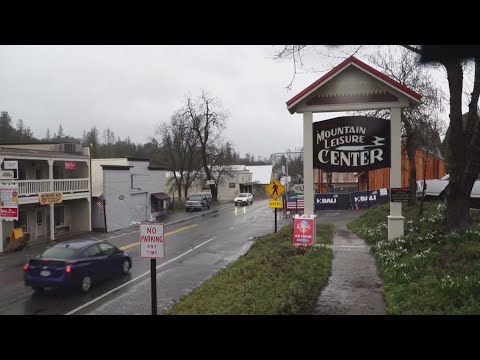Real-Time Collaboration in 3D Design
In the world of design, collaboration is key to creating innovative and successful projects. With the advancement of technology, real-time collaboration in 3D design has become increasingly accessible and efficient. This article explores the benefits and applications of real-time collaboration in 3D design, as well as the tools and platforms that enable this seamless collaboration.
Body
Enhanced Communication and Efficiency
Real-time collaboration in 3D design allows multiple designers, artists, engineers, and developers to work together simultaneously on a project, regardless of their physical location. This level of collaboration enhances communication and eliminates the need for time-consuming back-and-forth exchanges of design files. Instead, team members can make changes and provide feedback in real-time, leading to faster decision-making and increased efficiency [1].
Moreover, real-time collaboration enables instant visualization of design changes, allowing team members to see the impact of modifications immediately. This immediate feedback loop facilitates iterative design processes, where ideas can be rapidly explored and refined. It also promotes better problem-solving as issues can be identified and addressed promptly, reducing the risk of errors or misunderstandings [1].
Seamless Integration of Design Data
One of the challenges in design collaboration is the integration of design data across different stages of a project. Real-time collaboration in 3D design addresses this challenge by providing a platform where all design data can be accessed and updated in real-time. This integrated coordination of design data allows for better planning, construction, and operation of buildings and other projects [3].
For example, architects can collaborate with structural engineers and contractors in real-time to ensure that design changes are implemented correctly and efficiently. This level of collaboration minimizes the risk of miscommunication or discrepancies between different design disciplines, leading to smoother project execution [3].
Tools and Platforms for Real-Time Collaboration
Several tools and platforms have emerged to facilitate real-time collaboration in 3D design. One such platform is the NVIDIA Omniverse™, which is built on the Universal Scene Description (USD) format. This platform enables artists, designers, engineers, and developers to connect and build custom 3D pipelines, unlocking full-design-fidelity and real-time virtual worlds [1].
Another tool is Spline, a 3D design tool that operates in the browser and offers real-time collaboration features. With Spline, teams can work together in real-time, set individual permissions, and make use of various 3D modeling capabilities such as parametric objects, polygonal editing, animation, interactive experiences, material layers, and 3D sculpting [2].
These tools and platforms not only provide the necessary infrastructure for real-time collaboration but also offer features that enhance the design process. From creating organic shapes to fine-tuning the look of models, these tools empower designers to bring their ideas to life while collaborating seamlessly with their team members.
Applications in Various Industries
Real-time collaboration in 3D design has applications across various industries. In architecture and construction, it allows architects, engineers, and contractors to work together efficiently, ensuring that designs are accurately translated into physical structures. It also facilitates coordination with clients and stakeholders, enabling them to visualize and provide feedback on design concepts [3].
In product design and manufacturing, real-time collaboration in 3D design streamlines the development process. Designers can work closely with engineers and manufacturers to optimize designs for production, reducing time-to-market and improving product quality. This level of collaboration also enables rapid prototyping and iteration, leading to better end products [1].
Conclusion
Real-time collaboration in 3D design revolutionizes the way teams work together on projects. By enhancing communication, increasing efficiency, seamlessly integrating design data, and providing powerful tools and platforms, real-time collaboration empowers designers to create better designs in less time. As technology continues to advance, we can expect further improvements in real-time collaboration, enabling even more innovative and collaborative design processes





